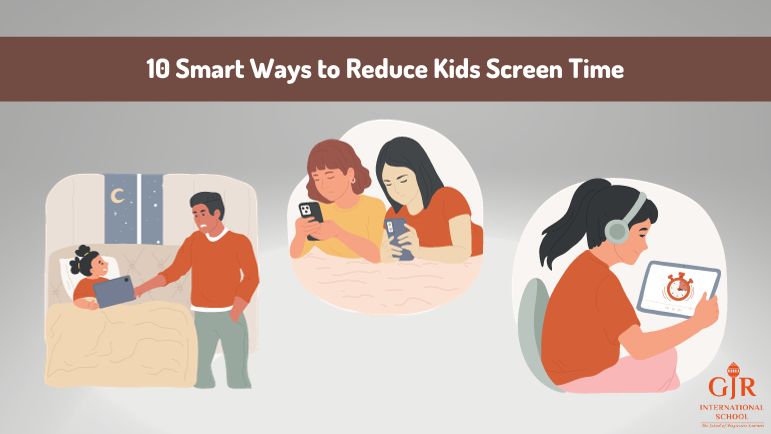
Technology and electronic gadgets are essential components of modern living. Finding equilibrium between screen exposure and real-world engagement emerges as a pivotal factor in nurturing a child's holistic development. With digital devices seamlessly integrating into daily life, parents are actively exploring savvy methods to navigate and regulate their kids' screen time. This exploration leads us to uncover ten intelligent strategies aimed at cultivating a balanced and wholesome digital lifestyle for the younger generation.
1. Set Clear Boundaries: Establishing clear guidelines on when and how long kids can use screens helps create a sense of structure. Consistent rules provide a framework for responsible screen usage.
2. Prioritize Offline Activities: Encourage a variety of offline activities such as sports, arts, and reading to diversify your child's interests. This not only reduces screen time but also promotes overall well-rounded development.
3. Designate Screen-Free Zones: Create designated areas in the house where screens are not allowed, like the dining table or bedrooms. This fosters an environment where screens don't dominate every aspect of daily life.
4. Screen Time Budget: Implement a daily or weekly screen time budget, allowing children to manage and allocate their screen time wisely. This helps them learn self-discipline and time management.
5. Lead by Example: Children often mimic their parents' behavior. If parents model responsible screen usage, kids are more likely to adopt similar habits. Be mindful of your own screen time and set a positive example.
6. Educational Screen Time: Not all screen time is detrimental. Explore educational apps, games, and shows that are both engaging and educational. Transforming screen time into a learning opportunity makes it more valuable.
7. Collaborative Screen Activities: Engage in screen activities together as a family. This could include watching a movie, playing interactive games, or exploring educational content. Shared experiences strengthen family bonds while incorporating screens.
8. Monitor Content: Regularly review and monitor the content your child is exposed to. Ensure it aligns with age-appropriate guidelines and your family values. Establish an open dialogue about online safety and responsible content consumption.
9. Introduce Tech-Free Rewards: Encourage good behavior by incorporating tech-free rewards into your parenting strategy. This reinforces positive behavior without relying solely on screen-based incentives.
10. Create a Screen-Free Wind Down Routine: Establish a screen-free wind down routine before bedtime to promote better sleep. Replace screens with calming activities like reading a book or engaging in relaxation exercises for a more restful night.
Balancing kids' screen time is an ongoing journey that requires adaptability and open communication. By implementing these ten smart strategies, parents can guide their children towards a healthy relationship with technology, fostering a well-rounded and enriching childhood experience.